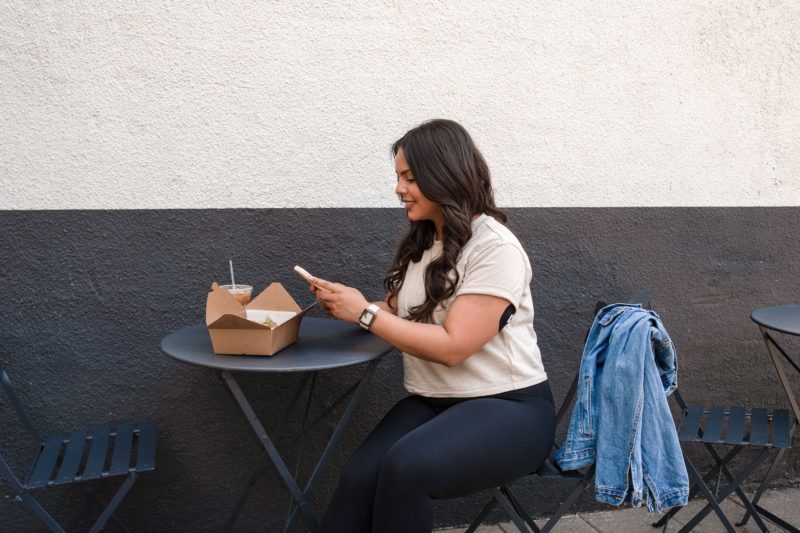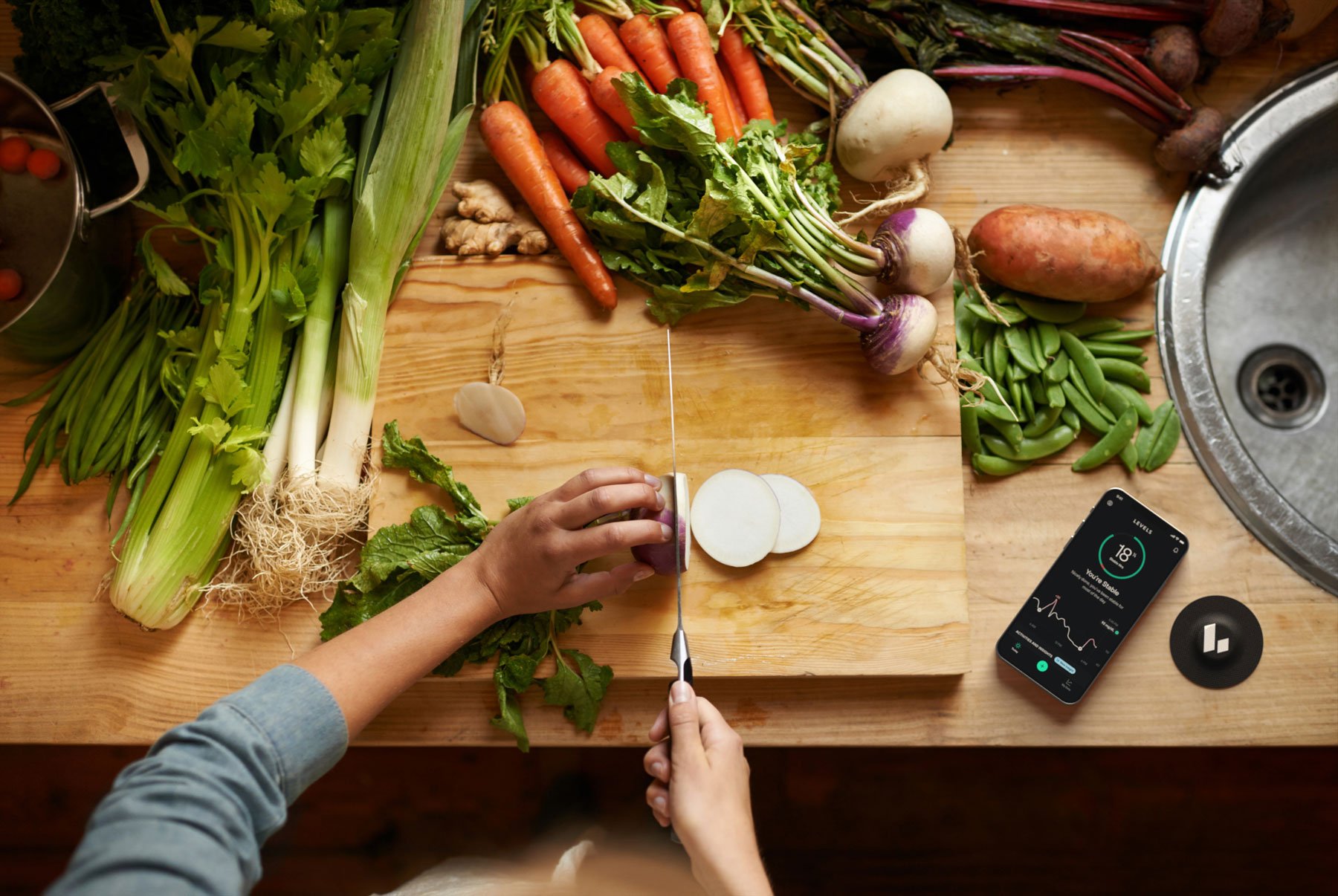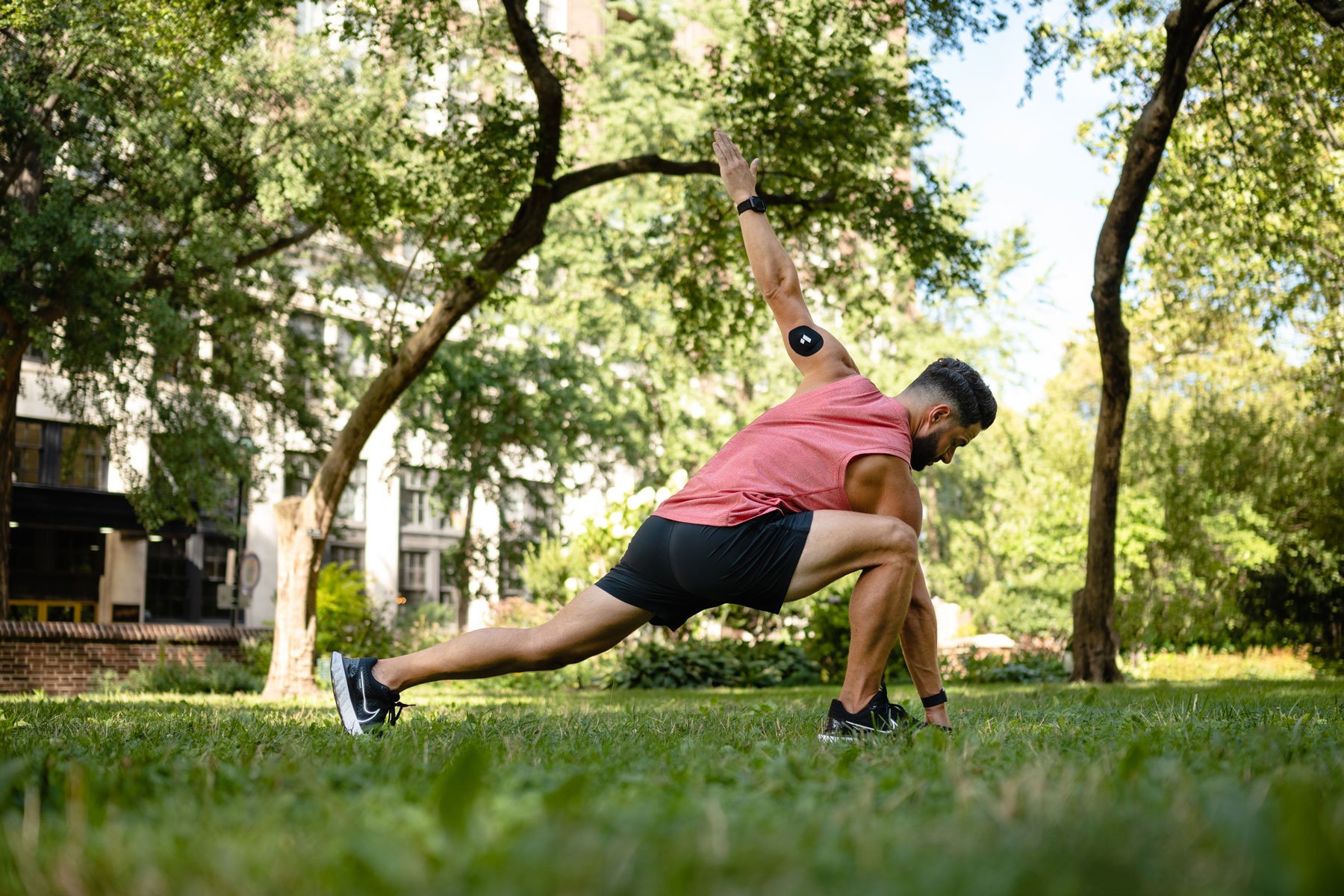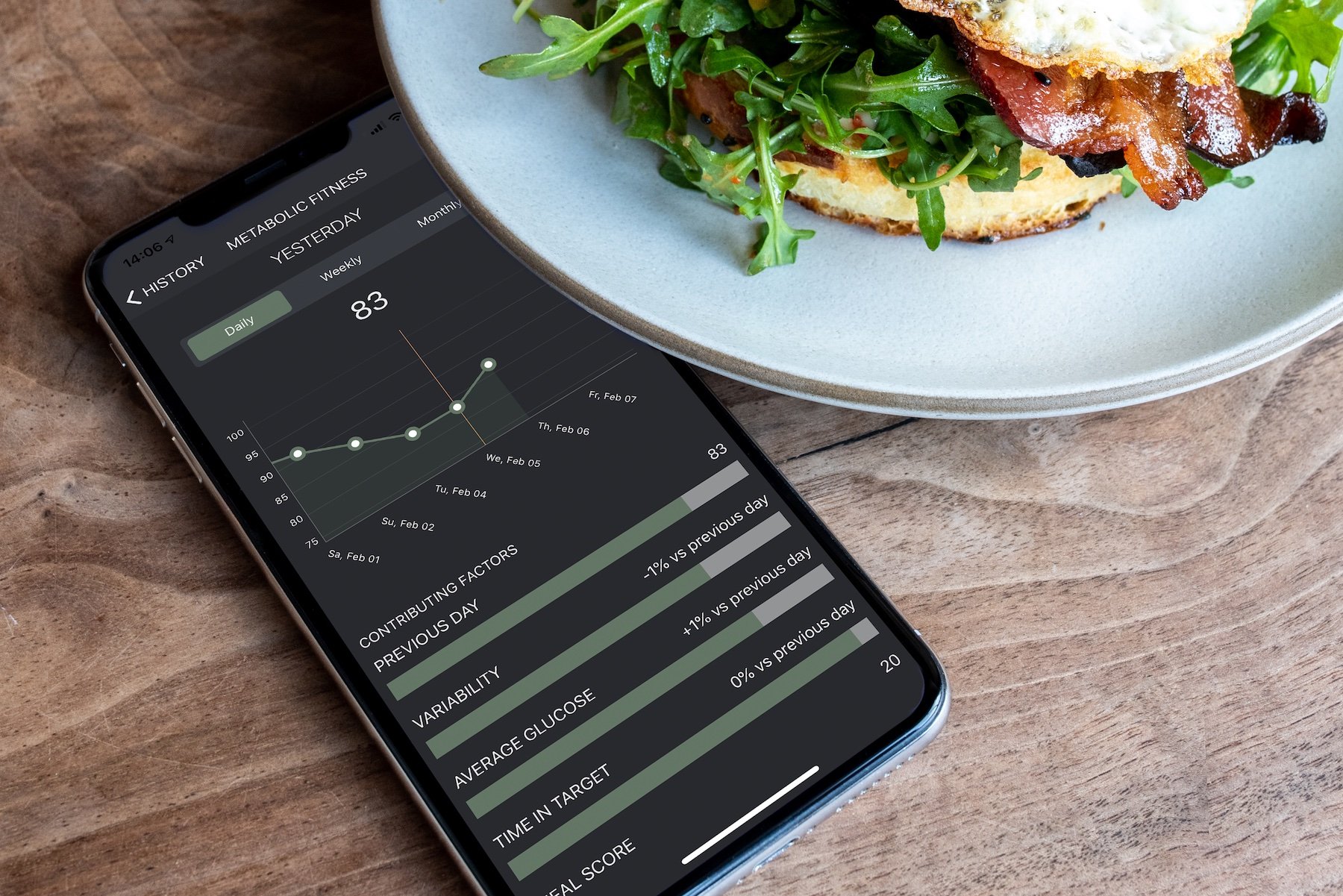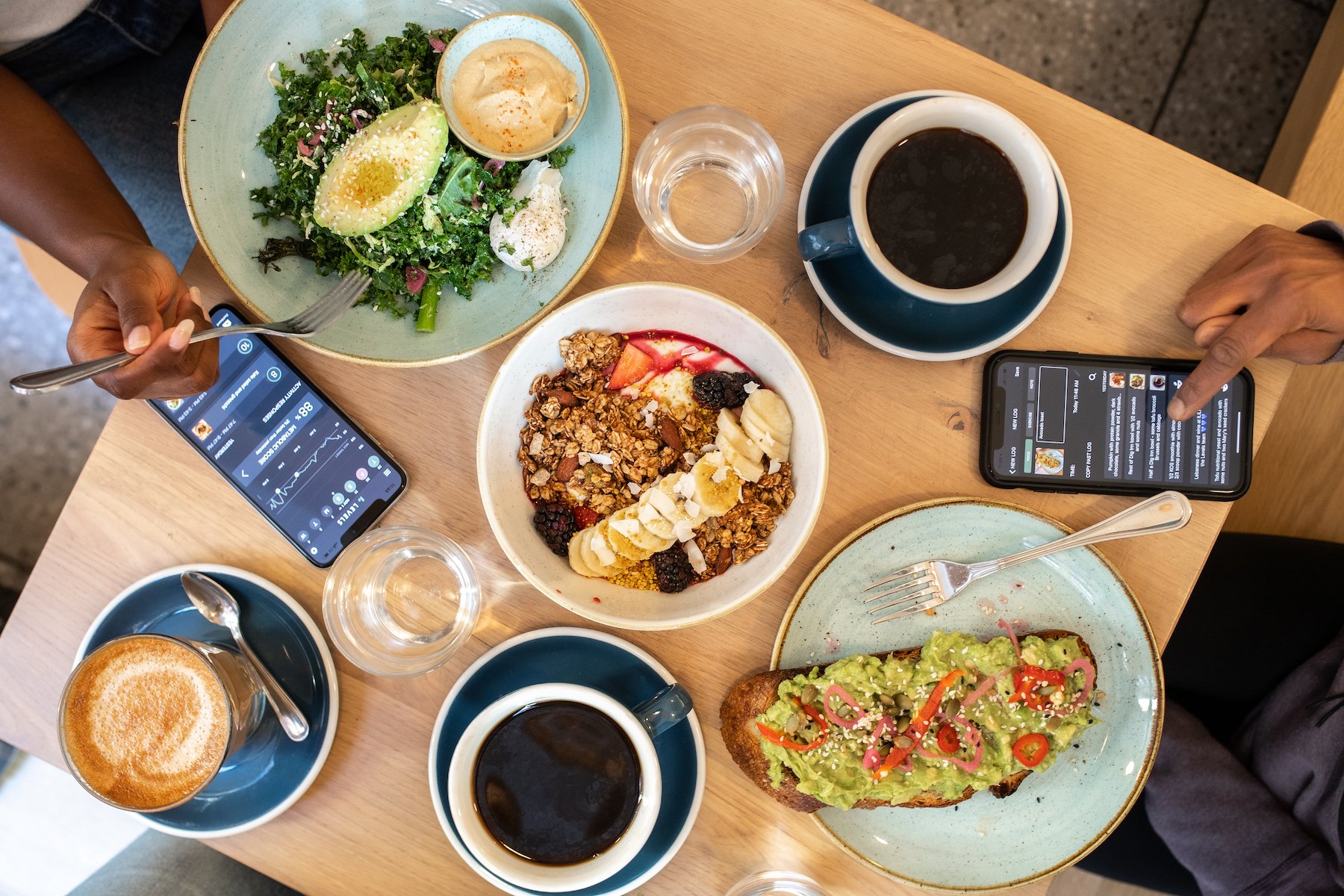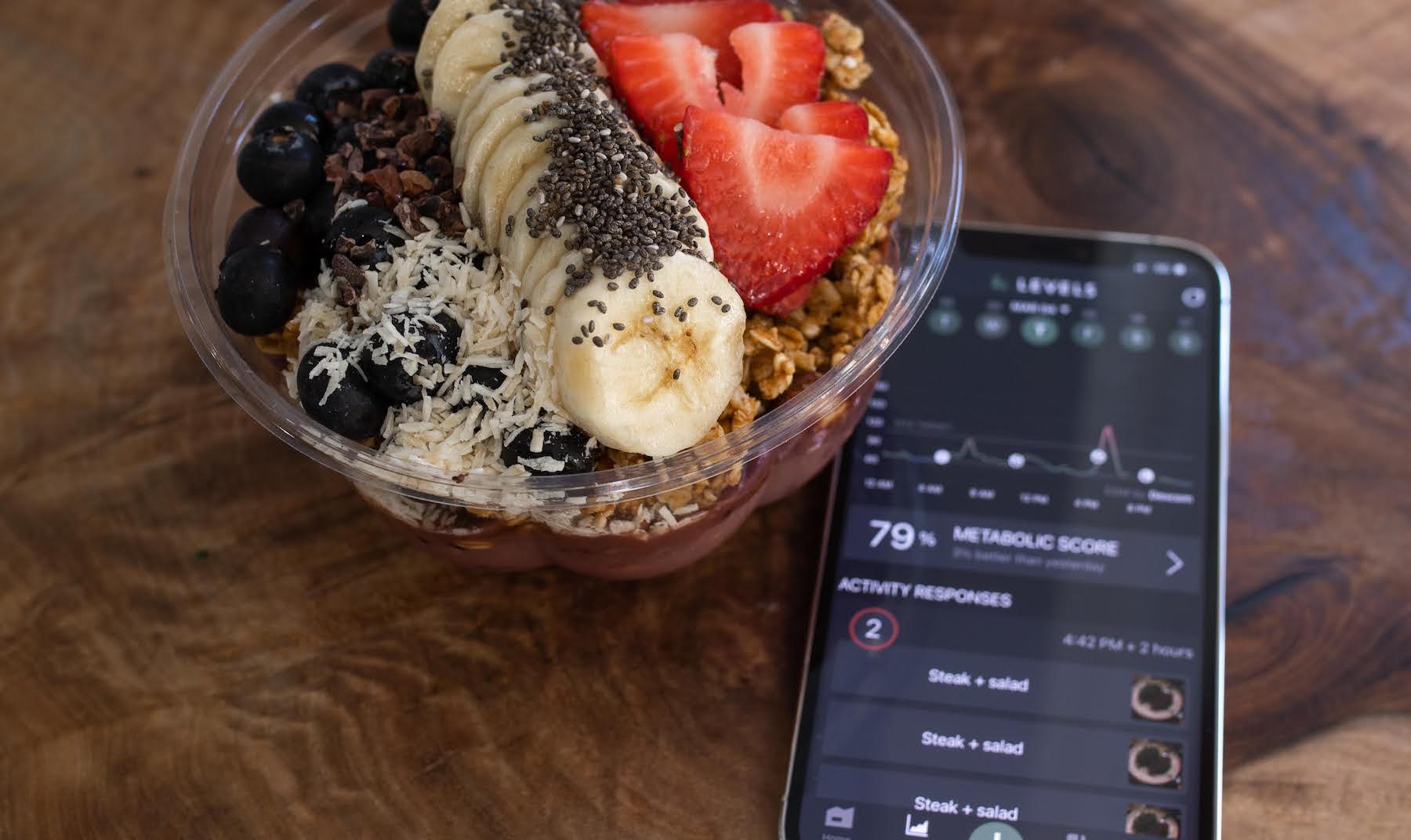A basic tenet of metabolic health is that chronically elevated blood sugar has negative health consequences, including low energy, impaired brain function, and higher risk of diabetes and other chronic metabolic diseases. What you may not know: the flip side also has repercussions. What causes low blood sugar?
Some degree of fluctuation in blood glucose levels is totally normal. The amount of glucose circulating in your body rises and falls over the course of the day and it’s affected by factors such as food intake, exercise, stress, and sleep. Generally, glucose levels should peak around an hour after a meal and be lowest after fasting overnight. (See more about target ranges for blood sugar levels.) However, blood sugar can sometimes dip too low for a few different reasons.
Learn more:
What Is Hypoglycemia and Why Does It Happen?
Hypoglycemia is the clinical term for what happens when blood sugar drops lower than normal (typically considered below 70 mg/dL, or more severe if below 54 mg/dL) for any amount of time. Symptoms of hypoglycemia often include shakiness, sweating, and difficulty concentrating. Other problems include blurred vision, confusion, and a fast heartbeat. If it happens while you’re asleep (nocturnal hypoglycemia), it may cause night sweats, nightmares, and interfere with sleep quality.

Why do my glucose levels go low during sleep?
An exploration of some of the reasons why glucose readings on CGM may appear low while sleeping.
Read the ArticleDuring a hypoglycemic episode, many symptoms arise when the brain doesn’t get enough sugar. Without an adequate supply of glucose from the bloodstream, the brain triggers the release of norepinephrine and epinephrine (adrenaline), which may cause palpitations, tremors, and anxiety. It also triggers the release of acetylcholine, which can cause sweating and hunger. Symptoms like confusion, lightheadedness, weakness, or blurry vision are direct results of the central nervous system being deprived of glucose. Severe hypoglycemia can lead to more serious symptoms such as a loss of consciousness and, in some cases, a type of neuroendocrine tumor called insulinoma.
One challenge in diagnosing hypoglycemia is that the associated symptoms could be due to an unrelated cause. It’s a mistake to rely on symptoms alone, says Mary-Elizabeth Patti, MD, director of the Joslin Diabetes Center Hypoglycemia Clinic and Associate Professor of Medicine at Harvard Medical School. In the face of a nerve-wracking situation, for instance, hormones such as adrenaline may make your heart race—even if they don’t cause any major changes in blood sugar levels. Yet you might assume a quickening heartbeat means you’re hypoglycemic.
“Hypoglycemia can be associated with insulin resistance, and people often become hyper-insulinemic [having too much insulin] before they become hyperglycemic.”
When doctors diagnose hypoglycemia, they rely on what’s called the Whipple’s triad: First, you must have symptoms of low blood sugar; second, you must have objective proof of low blood sugar (typically via a glucose meter or blood draw); and third, symptoms must resolve after consuming fast-acting carbohydrates (such as fruit juice, hard candy, glucose gel, or raisins), says Patti.
Of course, you don’t have to be in a doctor’s office or hospital to experience low blood glucose, as it can happen at any time. Although hypoglycemia is most typically associated with diabetes, where deficiency of insulin (Type 1 diabetes) or reduced responsiveness to insulin (Type 2 diabetes) can make it difficult to control blood sugar levels, hypoglycemia can happen to anyone for a number of reasons. For example, if you’ve gone a long time without eating and your body has not developed the metabolic flexibility to burn fat instead of glucose, your blood sugar might drop too low. Other causes include low body weight or malnutrition, or chronic liver, adrenal gland, or kidney disease.
Perhaps the most common reason a person without diabetes experiences hypoglycemia is as the result of a glucose spike from eating a sugary or high-carbohydrate meal. This causes your body to release insulin to help shuttle the glucose into cells, and the surge of insulin can cause blood sugar to then fall too low.
Continuous glucose monitor (CGM) studies in people without diabetes show that people without diabetes don’t typically go below 54, but some do dip below 70, says Patti. It’s not fully known if the occasional, temporary glucose level below 70 mg/dL is dangerous for someone who does not have diabetes. That said, having frequent lows likely spells trouble, says Mark Cucuzzella, MD, a family care practitioner in the West Virginia University Medicine Center for Diabetes and Metabolic Health who serves on the board of the Hypoglycemia Support Foundation.
Learn more:
What Are the Long-Term Consequences of Hypoglycemia?
Research has shown that people without diabetes who have fasting glucose levels below 72 mg/dL are at an increased risk of stroke, heart attack, and death of all causes. Frequent hypoglycemic episodes may even be a signal that the person is at higher risk for developing Type 2 diabetes.
“Hypoglycemia can be associated with insulin resistance, and people often become hyper-insulinemic [having too much insulin] before they become hyperglycemic,” says Cucuzzella. In other words, when low blood sugar occurs in persons without diabetes, it may be because their bodies are secreting an inappropriately large amount of insulin, as the result of growing insulin resistance.
“There are two phases of insulin resistance, the first of which happens when you crank up the production of insulin because the pancreas will do whatever it needs to do to clear glucose from the bloodstream,” he says. “Say it’s 100 degrees out and you have your HVAC set to 72. It will keep cranking throughout the day to try to regulate the temperature until it ends up in a failure state.”
Your body will do the same to clear that glucose. And over time, your beta cells (those are what help produce insulin) might not be able to keep up with the demand and will eventually be unable to produce enough insulin. “Most people have lost the majority of their beta cell function by the time they’re diagnosed with Type 2 diabetes,” says Cucuzzella.
Common Risk Factors and Causes of Low Blood Sugar (Hypoglycemia)
It’s not clear why some people without diabetes are more prone to hypoglycemia than others. In rare cases, a tumor on the pancreas or a hormonal disorder such as adrenal insufficiency is the problem, but that’s not the situation for most. To learn more about why so many others experience hypoglycemia, Patti and her colleagues at the Joslin Diabetes Center are enrolling for a study to investigate whether specific genetic and microbiome differences might contribute to hypoglycemia.
“The gut microbiome influences the secretion of hormones made by the intestine that both control metabolism and influence pancreatic secretion of insulin,” says Patti. Meanwhile, “genetic factors consistently play an important role in modulating our body’s metabolism at many levels; we’re interested in identifying those differences in genetics which contribute to hypoglycemia risk.”
Here’s what experts do know: Hypoglycemia can make you feel lousy, and wide glycemic variability likely has deleterious effects on heart disease and diabetes risk. To avoid drastic blood sugar dips, watch out for these common warning signs that may lead to hypoglycemia.
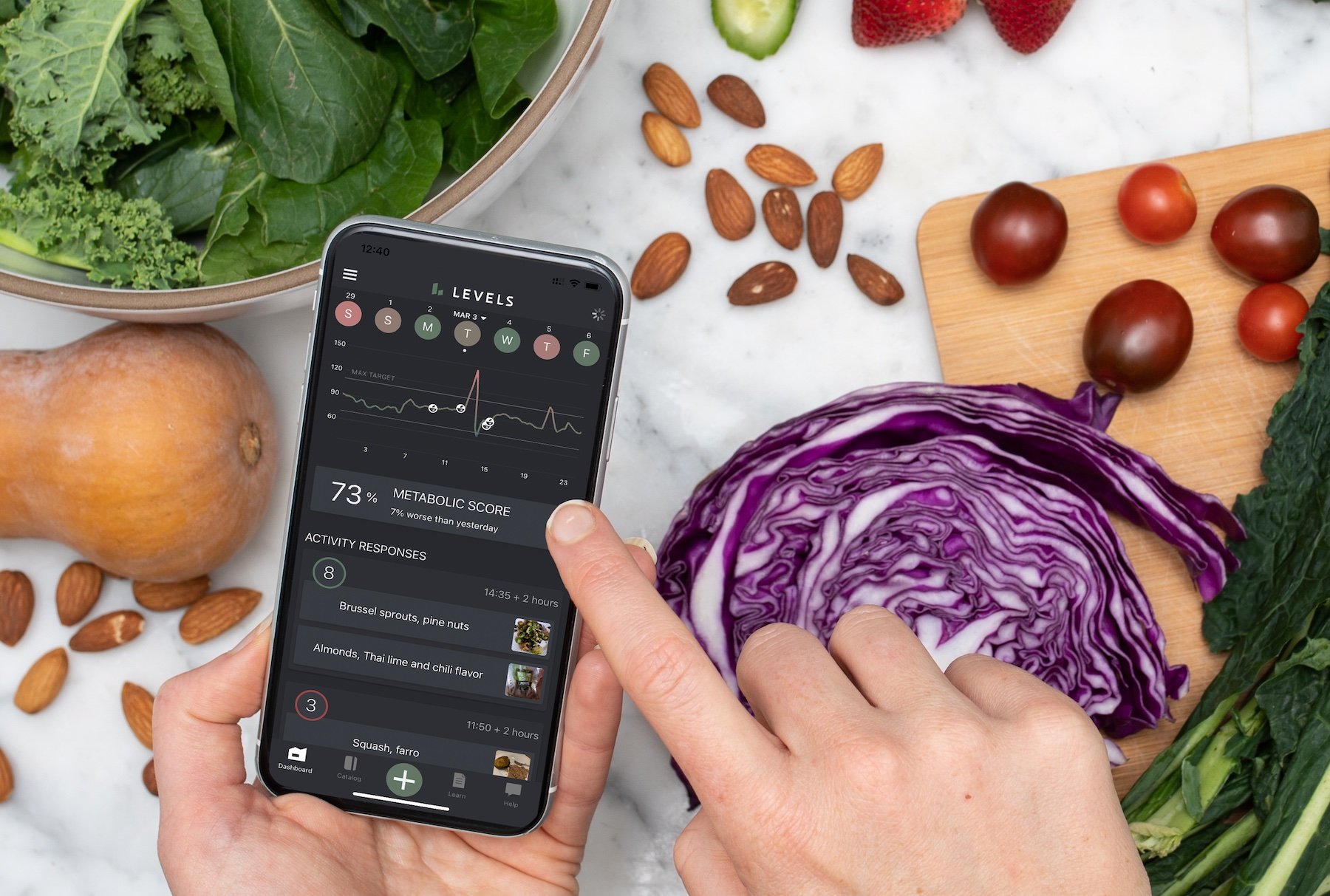
What is glycemic variability and why does it matter?
Glycemic variability is the amount your blood sugar changes throughout the day. Here's why we want to keep it low for optimal health.
Read the Article1. Eating too many carbohydrates
When you consume food that contains carbohydrates, your body breaks them down into glucose—and this makes your blood sugar rise. Refined carbohydrates (such as sweets, pasta, and white rice) are especially likely to spike blood sugar because they get broken down extremely quickly, sending blood glucose soaring. Consuming carbohydrates without an adequate amount of protein, fiber, or fat—all of which help regulate glucose control in the body—is also problematic. These macronutrients help slow the rate at which food leaves the stomach and is converted to glucose. When eaten alone, carbohydrates push postprandial blood sugar levels to a higher peak than they would when accompanied by other foods.
In response to a flood of glucose in the bloodstream, your pancreas produces insulin, which moves sugar out of the blood and into the cells. If you release too much insulin too quickly, however, your blood sugar may plummet and you can end up hypoglycemic.
This phenomenon, often referred to as reactive hypoglycemia, tends to occur 2-5 hours after food consumption. Consuming carbohydrates that can be quickly absorbed into the bloodstream can raise your blood sugar back up. However, this may trigger a vicious cycle: If you eat too many carbohydrates too quickly, you may cause another glucose spike which could be followed by a subsequent crash, notes Cucuzzella.
His advice for those without diabetes who develop hypoglycemia depends on symptoms and overall health. “If you are otherwise well and not having any significant symptoms, you do not need to consume glucose just because your blood sugar is below 70,” he says.
Your body should correct low blood sugar on its own by breaking down a storage form of glucose called glycogen or through another process called gluconeogenesis; both occur when hormones prompt the liver to release glucose. “Our bodies will usually make glucose when needed unless we have a medical condition that inhibits this or are taking medications that are driving the glucose down,” says Cucuzzella.
The catch, however, is that people with reactive hypoglycemia may be producing too much insulin, so this protective mechanism won’t necessarily kick into gear. What’s more, many experience uncomfortable symptoms. If you eat carbs to raise your blood sugar back up, Cucuzzella advises to go slow: Start by consuming only 10 g of carbohydrates, and incorporate some protein and fiber to help steady your blood sugar. An apple with some natural (unsweetened) peanut butter might do it.
2. Drinking alcohol
Healthy people who normally experience only moderate fluctuations in blood sugar have a protective mechanism that helps the body maintain homeostasis: when your glucose levels become low, your pancreas secretes glucagon, a hormone that prompts your liver to convert stored glycogen or other nutrients into glucose and move it into your bloodstream. Alcohol, however, interferes with this safeguard.
“Alcohol directly affects the liver to change its metabolism, thus reducing the amount of glucose that the liver makes when you are fasting [or experience a drop for another reason], making hypoglycemia more likely,” says Patti. Binge drinking—usually 5 alcoholic drinks in 2 hours for men or 4 for women—is most problematic, but even 1-2 alcoholic drinks might cause episodes of hypoglycemia in a susceptible individual or if consumed without food.
3. Stressing out
Excess stress sets off your fight-or-flight response: Your adrenals secrete catecholamines, hormones (including epinephrine and norepinephrine) that raise your blood sugar so your muscles have the required energy to combat an attacker or flee as quickly as possible. That’s useful when you’re confronted by a physical threat, but when the only offender is anxiety, your bloodstream gets flooded with glucose and there’s no way to quickly use that energy. To compensate, your pancreas may over-produce insulin so blood sugar rapidly falls and you end up hypoglycemic.
4. Exercising
Being active is beneficial for so many reasons, yet it can sometimes cause low blood sugar levels because it makes muscle cells more receptive to insulin and encourages them to take in more glucose, says Cucuzzella. That’s not necessarily a bad thing; it’s one of the reasons why people with Type 2 diabetes and prediabetes who have chronically high blood sugar are encouraged to engage in more physical activity. The potential downside is that activity sometimes leads to hypoglycemia. That’s most apt to happen to people who are taking glucose-lowering or diabetes medication, but it does sometimes happen to others as well.
Different types of exercise can have varied effects on blood sugar levels, so it’s important to pay attention to how you feel after mild or moderate activity as opposed to high-intensity exercise, which can cause an insulin-independent blood sugar rise. Different combinations of exercise can provide benefits depending on your situation. There’s no need for the average, healthy person to load up on carbs before going out for a jog, but if you do see signs of hypoglycemia or experience severe symptoms during or after exercise, it can be helpful to monitor your blood sugar and make sure it is remaining stable before and after exercise.
